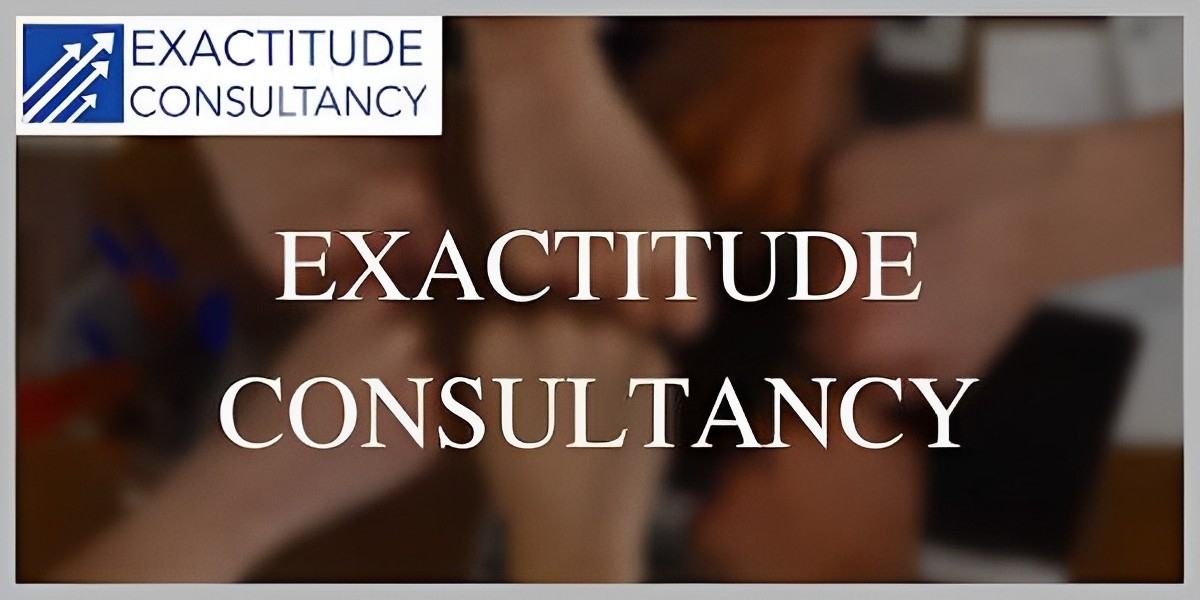Navigating the process of obtaining a driver's license in New York can be overwhelming, especially with the variety of license classes available. Whether you're a first-time driver or pursuing a career in commercial driving, understanding the different types of licenses is crucial.
This guide breaks down New York’s driver's license classes, from the initial learner's permit to the highly specialized Commercial Driver's License (CDL).
Learner's Permit: The First Step
For most aspiring drivers, the journey begins with a learner’s permit. To obtain one in New York, you must:
Be at least 16 years old.
Pass a written knowledge test covering road signs, rules, and safe driving practices.
Provide proof of identity and residency.
A learner’s permit allows you to practice driving under supervision, helping you gain confidence and skills before advancing to a full license.
Class D: Standard Driver's License
The Class D license is the most common type of driver’s license in New York. It allows individuals to operate standard passenger vehicles, including cars and small trucks. Requirements include:
Holding a learner’s permit for at least six months (for drivers under 18).
Completing a Five Hour Pre-Licensing Course.
Passing a road test to demonstrate practical driving skills.
Once you pass the road test, your Class D license will be issued, granting you full driving privileges.
Class DJ: Junior Driver's License
For drivers under 18, the Class DJ license allows limited driving privileges. Restrictions include:
Driving only during specific hours.
Limiting the number of passengers.
Avoiding high-risk areas like NYC unless accompanied by a qualified adult.
These restrictions help ensure safety while young drivers gain experience.
Class M: Motorcycle License
If you’re interested in operating a motorcycle, a Class M license is required. You must:
Obtain a motorcycle learner’s permit.
Complete a DMV-approved motorcycle safety course (optional but recommended).
Pass both a written and a road test specific to motorcycle operation.
A Class M license can be combined with a Class D license for drivers who plan to operate both cars and motorcycles.
CDL: Commercial Driver's License
For those pursuing a career in commercial driving, a CDL is essential. There are three classes of CDLs, each with specific requirements and privileges:
Class A CDL: Permits operation of combination vehicles, such as tractor-trailers.
Class B CDL: Allows operation of single vehicles weighing over 26,000 pounds, like buses and large trucks.
Class C CDL: Required for vehicles transporting hazardous materials or 16+ passengers.
To obtain a CDL, applicants must:
Be at least 18 years old (21 for interstate driving).
Pass a medical examination.
Complete a written knowledge test and skills test.
Additional endorsements may be required depending on the type of commercial vehicle or cargo you plan to transport.
Other Specialized Licenses
New York also offers specific licenses for niche driving needs, such as:
Class E: For taxi and livery drivers.
Class D with an F endorsement: For farm vehicles.
Final Thoughts
Understanding the various driver's license classes in New York is the first step to achieving your driving goals. Whether you’re a teenager excited to hit the road or an aspiring commercial driver ready to start a career, New York’s licensing system provides a clear path to get there.
Always check with the New York DMV for the latest requirements and guidelines to ensure a smooth licensing process.







